When a child requires a prosthetic limb, parents often find themselves navigating a world that feels both overwhelming and unfamiliar. Questions about functionality, adaptability, and the child’s comfort naturally arise, alongside concerns about emotional adjustment and long-term well-being. Choosing the right prosthetic limb is more than a medical decision—it’s a step toward helping your child achieve confidence, mobility, and independence.
Pediatric prosthetics differ significantly from those designed for adults. Children are still growing, and their prosthetic needs evolve over time. What works today may need to be adjusted or replaced in a year, making flexibility, durability, and affordability key considerations. At Robobionics, we understand the unique challenges faced by parents and are dedicated to providing prosthetic solutions that address not only the physical requirements but also the emotional and practical aspects of this journey.
Understanding Pediatric Prosthetics
Pediatric prosthetic limbs are specially designed to address the unique needs of children. Unlike adult prosthetics, these devices must accommodate rapid growth, high activity levels, and the need for simplicity in everyday use. The right prosthetic limb can significantly enhance a child’s quality of life, enabling them to participate in school, play, and social activities with confidence.
The Role of Adaptability
One of the most important factors in pediatric prosthetic design is adaptability. Children grow quickly, and their prosthetic limbs must either accommodate this growth or be easily replaced as they outgrow their current device.
Modular designs are especially beneficial, as they allow individual components to be adjusted or swapped out without requiring a completely new prosthetic.
For parents, understanding the adaptability of a prosthetic limb is key to making a long-term investment. Devices that can grow with the child or be modified for new activities offer greater value and reduce the need for frequent replacements.
At Robobionics, we prioritize adaptability in our pediatric designs to ensure every device evolves alongside the child’s changing needs.
Durability for Active Lifestyles
Children are naturally active, whether they’re climbing, running, or engaging in sports. A pediatric prosthetic limb must be durable enough to withstand the wear and tear of an energetic lifestyle. Materials like lightweight carbon fiber or reinforced plastics are often used to balance durability with comfort.
For parents, it’s essential to discuss their child’s activity levels with the prosthetist. This ensures the chosen device is not only strong enough to handle daily activities but also comfortable for extended wear.
Businesses can enhance the durability of their products by investing in advanced materials and rigorous testing processes, providing parents with peace of mind about their child’s safety.
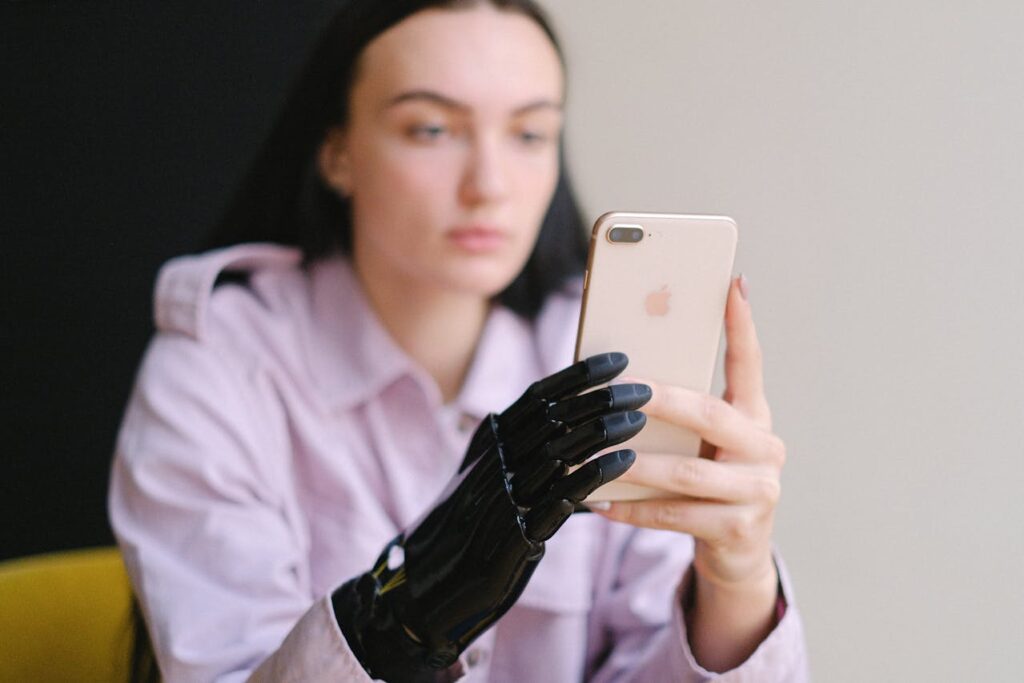
Types of Pediatric Prosthetic Limbs
Understanding the different types of prosthetic limbs available for children is crucial in making an informed choice. Each type is designed to meet specific needs, from basic mobility to advanced functionality.
Passive Prosthetics
Passive prosthetic limbs are primarily aesthetic and provide limited functionality. They are often chosen for younger children who may not yet require active movement but benefit from the psychological and social aspects of having a limb replacement.
Passive prosthetics can also serve as an introductory device, helping children adapt to the idea of wearing a prosthetic before transitioning to more advanced options.
Body-Powered Prosthetics
Body-powered prosthetics use a harness and cable system to allow movement, relying on the child’s body mechanics to control the device. These prosthetics are durable and cost-effective, making them a popular choice for children who need a functional yet straightforward solution.
Parents should consider whether their child has the strength and coordination to operate a body-powered prosthetic effectively. Businesses can assist by offering lightweight, ergonomic designs that reduce strain and make these devices more user-friendly.
Myoelectric Prosthetics
Myoelectric prosthetic limbs use muscle signals to control movements, offering a more natural and intuitive experience. These devices are ideal for older children or those with specific functional needs, such as precision gripping or multi-directional movement.
\While myoelectric prosthetics provide advanced functionality, they may require more training and regular maintenance.
For parents, understanding the level of support required for myoelectric devices is essential. Businesses can enhance accessibility by providing training resources and ensuring that local service centers are available for maintenance and troubleshooting.
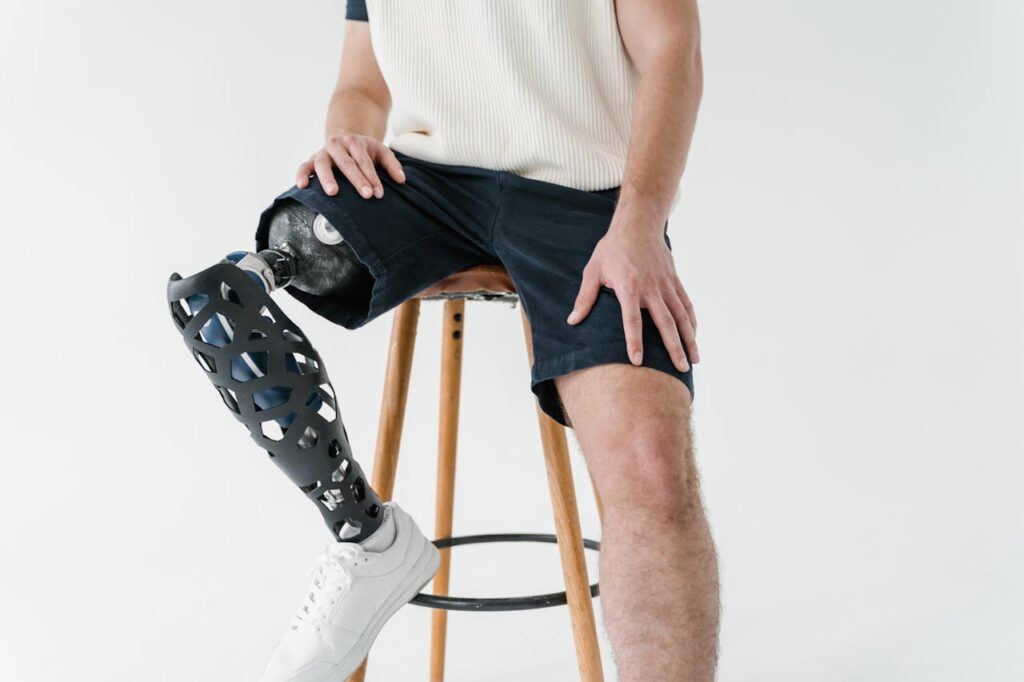
Factors to Consider When Choosing a Pediatric Prosthetic
Selecting the right prosthetic limb for a child is a complex decision that involves balancing several factors. These considerations go beyond the physical characteristics of the device, addressing its adaptability, emotional impact, and long-term usability. Understanding these elements can help parents and businesses make choices that prioritize the child’s well-being.
Growth and Longevity
Children’s bodies change rapidly, which means their prosthetics must adapt to accommodate growth. A device that fits well today may no longer meet the child’s needs in a year or two. Modular prosthetics, which allow for adjustments or the replacement of specific components, are a cost-effective and practical solution.
Parents should ask about the expected lifespan of a prosthetic and the ease with which it can be modified or upgraded. Businesses can provide added value by offering scalable solutions, such as modular designs that grow with the child, minimizing the frequency of complete replacements.
Comfort and Fit
Comfort is paramount for pediatric prosthetics, as children are unlikely to tolerate a device that feels awkward or painful. A well-fitted prosthetic reduces the risk of pressure sores, skin irritation, and discomfort, ensuring the child can wear it for extended periods without issue.
The fitting process often involves multiple adjustments, and parents should work closely with their prosthetist to ensure the device feels natural and secure.
Businesses that utilize advanced technologies, such as 3D scanning for precise socket design, can deliver prosthetics that offer superior comfort and performance.
Functionality and Lifestyle
A child’s daily activities, hobbies, and goals should guide the choice of prosthetic. Active children may need a durable, high-performance device that supports sports or outdoor play, while others may prioritize aesthetics or ease of use for everyday tasks.
Parents should discuss their child’s specific needs with the prosthetist to ensure the device aligns with their lifestyle. Businesses can enhance this process by providing tailored consultations and offering prosthetics designed for various activity levels.
Highlighting success stories of children thriving with similar devices can also inspire confidence in the decision-making process.
Emotional and Social Impact
The psychological effects of using a prosthetic limb are just as important as the physical ones. For many children, a prosthetic can boost self-esteem, reduce feelings of self-consciousness, and enhance social interactions.
Allowing children to personalize their prosthetic—through color choices, patterns, or designs—can help them feel more connected to the device.
Parents should involve their child in the selection process, encouraging them to express their preferences and ask questions. Businesses that emphasize personalization options and provide resources to address emotional adaptation can strengthen their relationships with both parents and children.
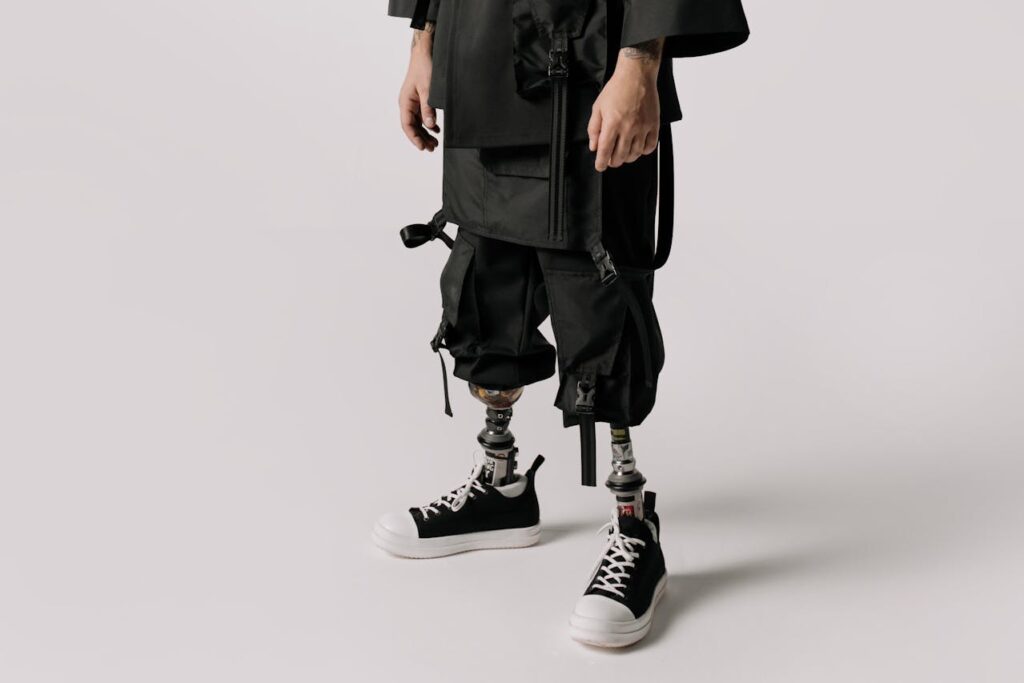
Supporting Rehabilitation and Adaptation
The journey of using a prosthetic limb extends well beyond its fitting. Rehabilitation and training are critical to ensuring the child adapts to the device and integrates it into their daily life.
Early Intervention and Training
Introducing a prosthetic as early as possible helps children develop the necessary motor skills and confidence to use it effectively. For younger children, this may involve simple exercises to improve coordination and balance. Older children with more advanced prosthetics may need structured training sessions to master specific features.
Businesses can support parents by partnering with occupational therapists and offering training programs tailored to pediatric users. Providing digital resources, such as videos or interactive guides, ensures families have access to ongoing support.
A Child-Centered Approach
Rehabilitation for children requires a distinct approach that considers their developmental stage, personality, and learning style. Unlike adults, children often experience rehabilitation as a part of their growth and learning, making it essential to create a process that feels engaging and natural rather than clinical.
Therapists and trainers working with pediatric users must balance technical skill-building with playful activities that keep the child motivated and excited about using their prosthetic.
Businesses can support this by collaborating with occupational therapists, educators, and child psychologists to design prosthetic training programs that align with developmental milestones.
For example, a training program for younger children might incorporate games or storytelling, while programs for older kids could emphasize independence and skill mastery in everyday tasks.
Bridging the Gap Between Prosthetic Use and Daily Life
One of the key goals of rehabilitation is helping children integrate their prosthetic limbs into their daily lives. This includes mastering essential tasks such as dressing, eating, and writing, as well as participating in recreational activities like sports or arts.
The transition from the clinic to the real world can be challenging, particularly for children who are self-conscious about their prosthetic or unsure about its capabilities.
Businesses can create value by offering resources that bridge this gap. Virtual coaching tools, video tutorials, or app-based guides can demonstrate how to use the prosthetic in everyday scenarios, giving children and parents practical strategies for success.
Partnering with schools or community organizations to educate teachers, peers, and coaches about pediatric prosthetics can further ease this transition, fostering a supportive environment for the child.
Encouraging Emotional Resilience
Adapting to a prosthetic limb is as much an emotional journey as a physical one. Many children experience a mix of emotions, from excitement and curiosity to frustration and anxiety.
The success of rehabilitation often depends on addressing these feelings and helping children develop resilience in the face of challenges.
A holistic rehabilitation program should include counseling or peer support opportunities where children can express their emotions and learn coping strategies.
Businesses can facilitate this by partnering with child psychologists or organizing events where pediatric users share their experiences.
Showcasing stories of other children who have successfully adapted to their prosthetic limbs can inspire confidence and foster a sense of connection.
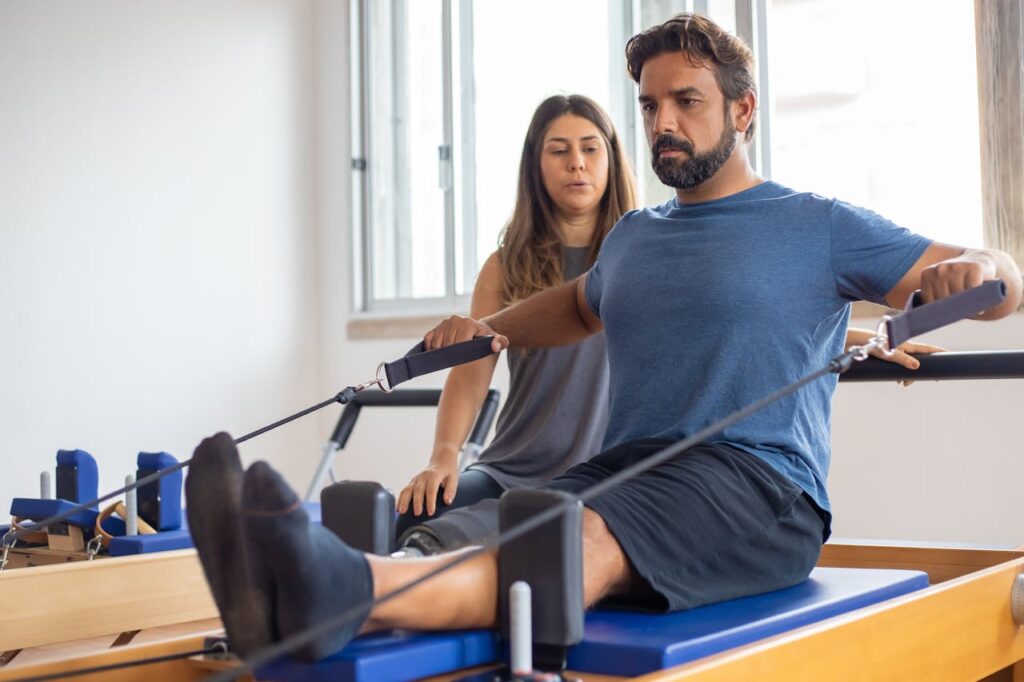
Fostering Family Involvement
The role of parents and caregivers in the rehabilitation process cannot be overstated. Families are often the primary source of encouragement and support for a child learning to use a prosthetic. Ensuring that parents feel informed and empowered is critical to the child’s success.
Businesses can create training modules or informational resources specifically for parents, guiding them on how to assist their child during rehabilitation. Topics might include how to encourage practice at home, how to handle setbacks constructively, and how to recognize when adjustments or additional support may be needed.
By fostering a collaborative relationship between the family, healthcare providers, and the prosthetic manufacturer, businesses can build a comprehensive support system for the child.
Encouraging Independence and Confidence
Rehabilitation is not just about mastering the mechanics of a prosthetic; it’s also about fostering independence and building the child’s confidence. A child who feels empowered to use their prosthetic in diverse situations is more likely to view it as an integral part of their life rather than an external device.
Building Skills Through Practice
Daily practice is essential for a child to become comfortable with their prosthetic limb. Activities like picking up objects, tying shoes, or drawing can help develop fine motor skills and build familiarity with the prosthetic’s capabilities.
Incorporating these tasks into play or everyday routines makes the process more engaging for the child.
For businesses, offering user-friendly guides and providing age-appropriate practice tools can make a significant difference in a child’s adaptation journey. Encouraging parents to turn skill-building into fun and rewarding activities ensures that children remain motivated and confident.
Peer Support and Community Engagement
Connecting with other children who use prosthetics can provide emotional encouragement and valuable insights. Peer support groups, either in person or online, create a space where children and families can share experiences, celebrate milestones, and seek advice.
This sense of community can reduce feelings of isolation and inspire children to embrace their prosthetic with pride.
Businesses can facilitate these connections by organizing events, such as workshops or activity days, where children using prosthetics can interact. Promoting stories of children achieving their goals with prosthetic limbs can further normalize the experience and foster a sense of belonging.
Maintenance and Care of Pediatric Prosthetics
Proper maintenance is essential for ensuring the longevity and functionality of a pediatric prosthetic limb. Children’s active lifestyles often subject their devices to wear and tear, making regular check-ups and adjustments a necessity.
Regular Adjustments and Fittings
As children grow, their residual limb shape and size may change, requiring periodic adjustments to the prosthetic for optimal comfort and performance. Parents should schedule routine visits with their prosthetist to assess the fit and address any concerns.
Businesses that provide accessible maintenance services, along with clear care instructions, empower families to keep the prosthetic in top condition. Offering warranty packages or discounted upgrade options for growing children can further strengthen trust and loyalty among parents.
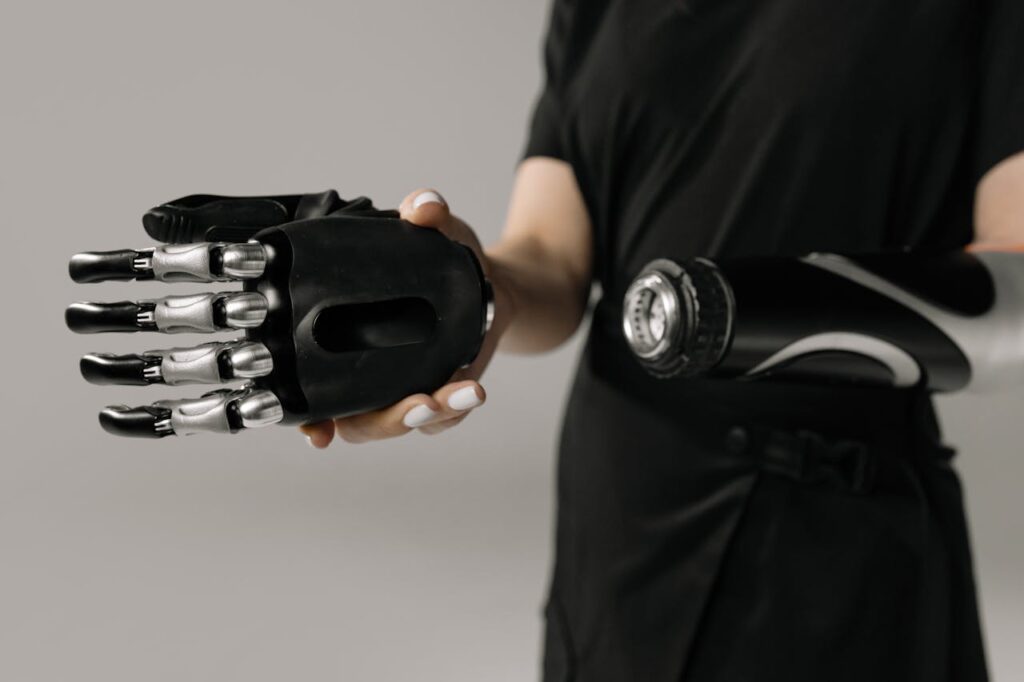
Educating Families on Care
Parents play a crucial role in maintaining their child’s prosthetic limb. Educating families on how to clean and inspect the device ensures it remains safe and functional over time. Simple practices, such as checking for loose components or cleaning the socket, can prevent issues before they escalate.
Businesses can enhance this educational effort by providing instructional videos, easy-to-follow manuals, and support hotlines. Ensuring families feel confident in managing their child’s prosthetic helps build a positive and proactive relationship with the device.
The Evolving Landscape of Pediatric Prosthetics
Advancements in pediatric prosthetics continue to open new possibilities for children with limb differences. From lightweight materials to AI-driven designs, these innovations are redefining what’s possible for young users.
Emerging Technologies
Features like smart sensors, adaptable joints, and myoelectric controls are becoming increasingly available in pediatric prosthetics. These technologies not only improve functionality but also make the devices more intuitive for children to use.
Businesses at the forefront of these developments can differentiate themselves by offering cutting-edge solutions tailored to children’s needs. Highlighting how these technologies enhance daily life can resonate with parents seeking the best for their child.
Advancing Functionality Through Technology
The integration of cutting-edge technologies, such as artificial intelligence (AI), 3D printing, and sensory feedback, has redefined the possibilities for pediatric prosthetics. AI-driven prosthetic limbs can learn from a child’s usage patterns, adapting movements to better mimic natural motion.
This technology not only enhances functionality but also reduces the learning curve for young users, allowing them to feel more comfortable and confident with their device.
For businesses, investing in AI capabilities and developing proprietary algorithms can position their prosthetics as industry leaders.
By showcasing how these technologies improve a child’s experience, companies can appeal to parents seeking state-of-the-art solutions that truly empower their children.
Emphasizing Lightweight and Durable Materials
Materials science has played a pivotal role in advancing pediatric prosthetics, with lightweight composites like carbon fiber and advanced polymers becoming standard.
These materials provide the necessary strength to support active lifestyles while ensuring the prosthetic remains light enough for children to use comfortably. Durability is equally critical, as children’s energetic activities place high demands on their devices.
Businesses should prioritize material research and testing to strike the perfect balance between durability and comfort.
Offering detailed insights into the materials used in their products—such as explaining why certain choices minimize fatigue or enhance resilience—can build trust with parents.
Enhancing Customization and Personalization
Personalization is a growing trend in pediatric prosthetics, allowing children to see their devices as extensions of their identity rather than as medical tools. Advances in 3D printing have made it possible to create prosthetics with customized shapes, colors, and even themed designs.
These personalized touches can make a significant difference in how children perceive and embrace their prosthetic limb.
For businesses, integrating customization options into the design process provides a strategic advantage.
Offering interactive tools where children and their families can co-design the aesthetic elements of the prosthetic makes the experience more engaging and ensures the end product feels unique and meaningful.
The Rise of Modular Designs
Modular designs have emerged as a practical solution for the dynamic needs of pediatric users. By creating prosthetics with interchangeable components, manufacturers can accommodate a child’s growth and evolving activities without requiring a complete replacement.
For instance, a prosthetic hand can be equipped with different attachments for sports, writing, or daily tasks, adapting to the child’s changing requirements.
For businesses, modularity opens doors to building long-term relationships with customers. Providing upgradeable components and offering replacement parts at accessible price points ensures that families can maintain their child’s prosthetic without the financial burden of frequent replacements.
Marketing modular designs as sustainable and cost-effective solutions resonates with parents looking for reliable and adaptable options.
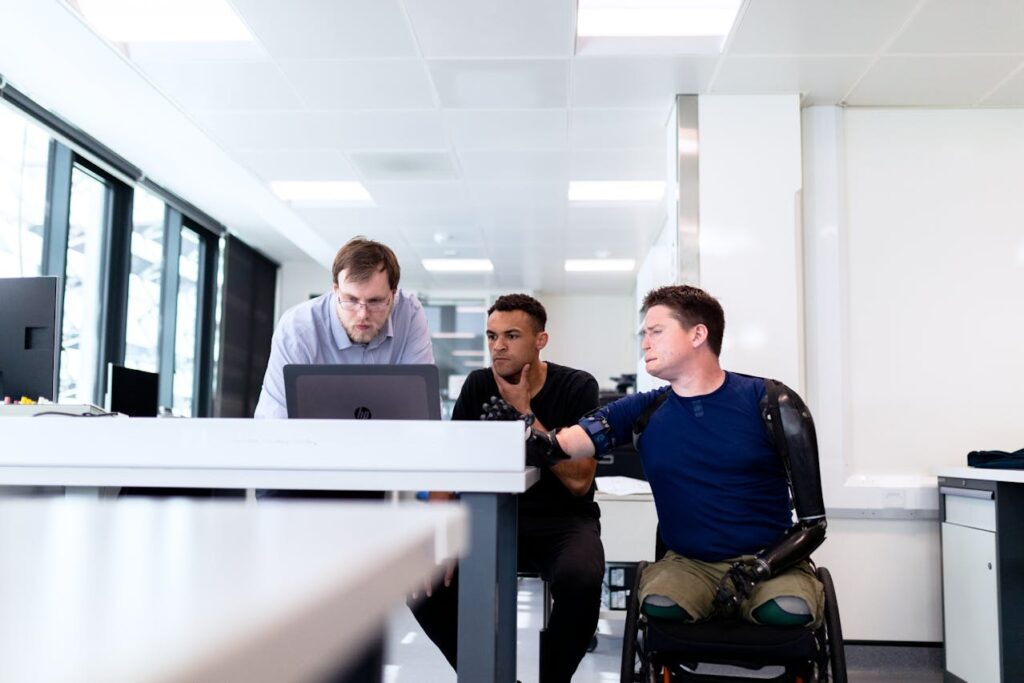
Conclusion
Choosing the right prosthetic limb for a child is a journey that involves careful consideration, collaboration, and compassion. For parents, the goal is not just to find a functional device but to select one that empowers their child to live with confidence, independence, and joy. Pediatric prosthetics have evolved significantly, offering a range of options that cater to diverse needs and lifestyles.
For businesses, the key to supporting families lies in providing holistic solutions. This includes delivering adaptable and durable prosthetics, offering robust rehabilitation and training resources, and fostering emotional and social support networks.
Educating parents about emerging technologies and tailoring prosthetics to the unique requirements of children ensures that each device feels like a personalized solution rather than a generic product.
At Robobionics, we are dedicated to helping children and their families embrace the possibilities that prosthetics bring. Through innovative designs, compassionate care, and unwavering support, we aim to make every step of this journey as seamless and empowering as possible.



